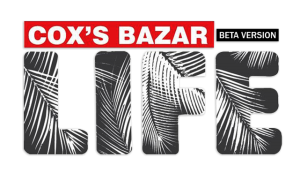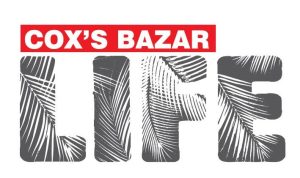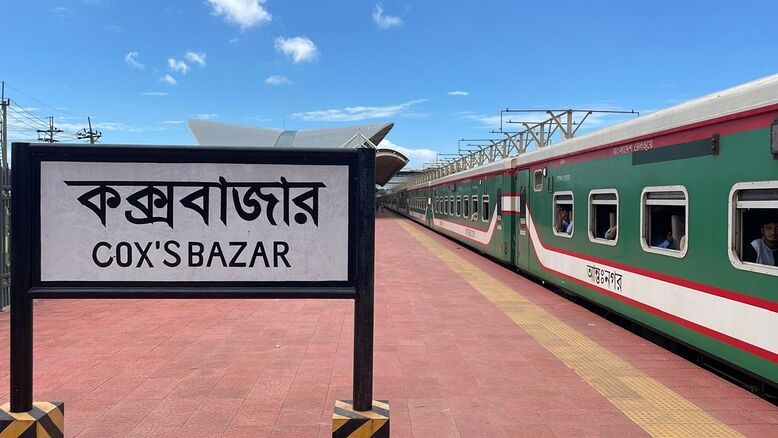Since its launch, the Dhaka–Cox’s Bazar rail link has become a significant draw for travelers. The train journey offers a safer and more comfortable alternative to the long, uncertain road trip, which takes 9–10 hours and often involves traffic jams, breakdowns, and accident risks—particularly along the narrow, accident-prone Chattogram–Cox’s Bazar highway. For many, the train has quickly become the preferred choice.
In the past 12 months, the route’s two pairs of trains—Cox’s Bazar Express and Parjatak Express—have generated a combined revenue of Tk 87.47 crore. The Cox’s Bazar Express accounted for Tk 47.52 crore, while the Parjotak Express brought in Tk 39.93 crore. During this period, a total of 1,029,267 passengers traveled to Cox’s Bazar on these two services.
Additionally, the Chattogram–Cox’s Bazar route sees two pairs of intercity trains operating daily, generating Tk 7.75 crore in revenue and serving approximately 394,000 passengers annually.
“The Cox’s Bazar route has proven to be both highly profitable and popular since its inception,” said ABM Kamruzzaman, Divisional Railway Manager for Chattogram. “Demand for tickets remains very high. If more trains are introduced, there will be no shortage of passengers. Plans are already in place to increase services, but a shortage of engines is delaying implementation.”
By Abdu Rashid Manik
Cox’s Bazar Life Photo










